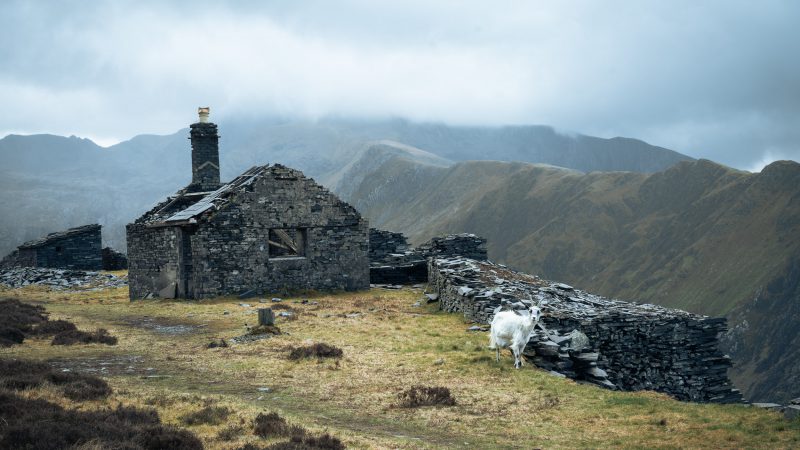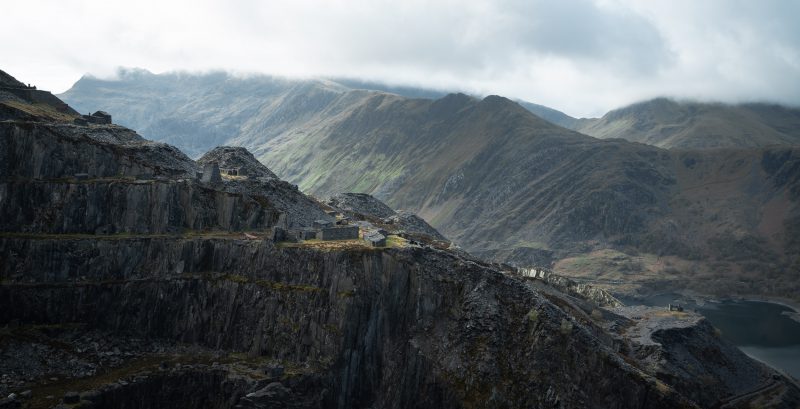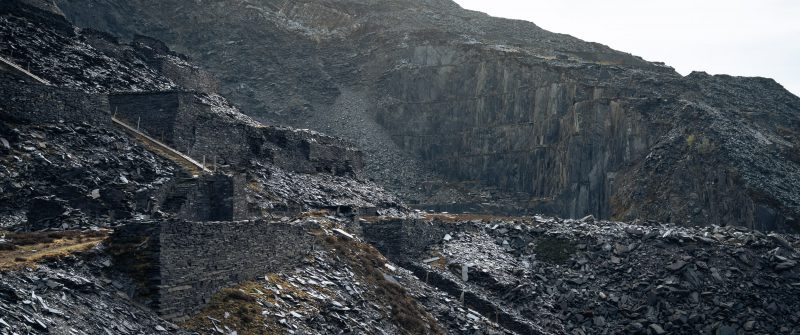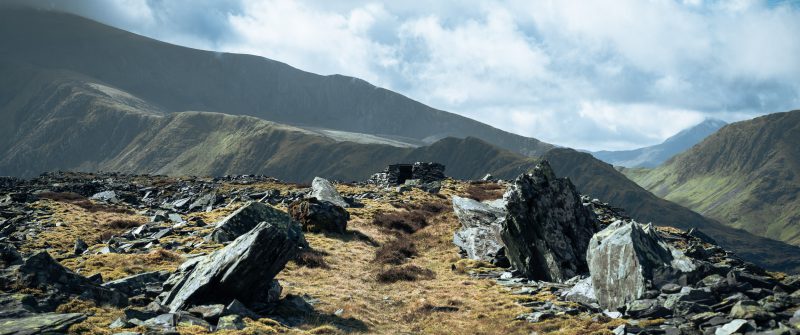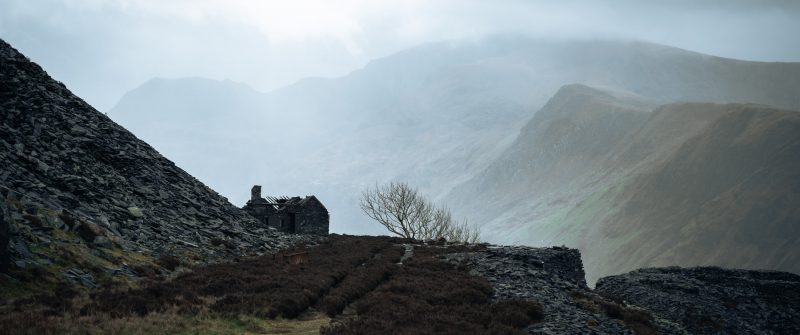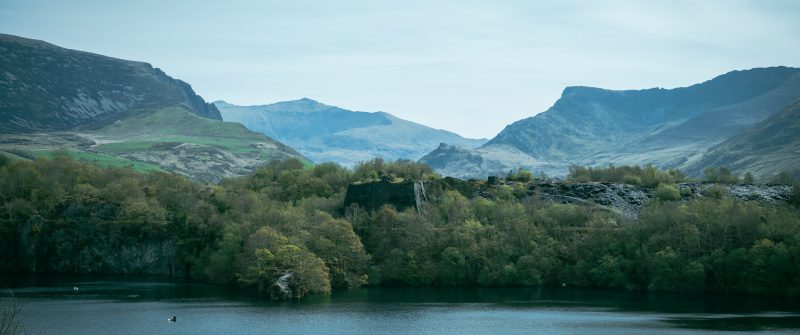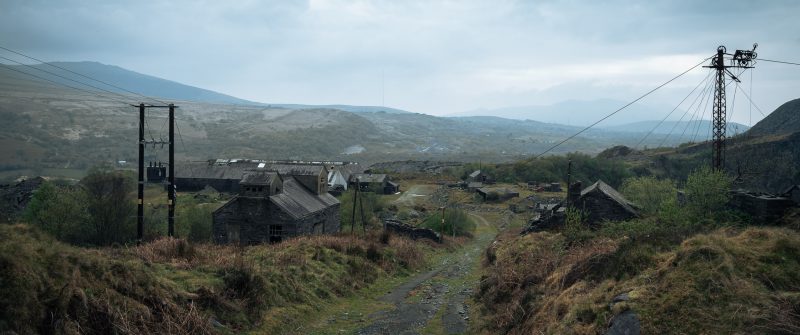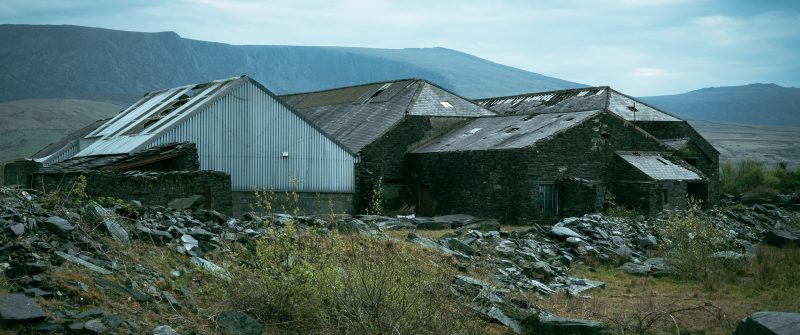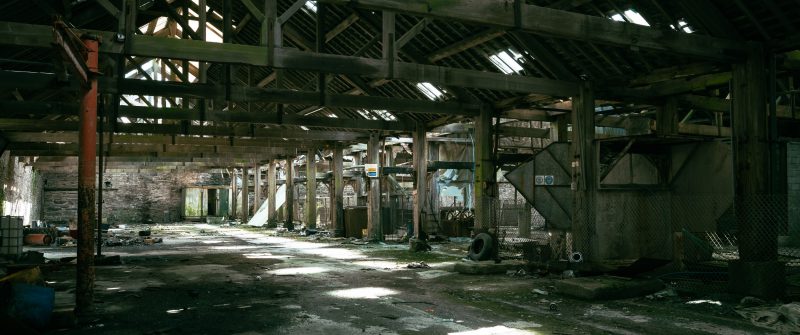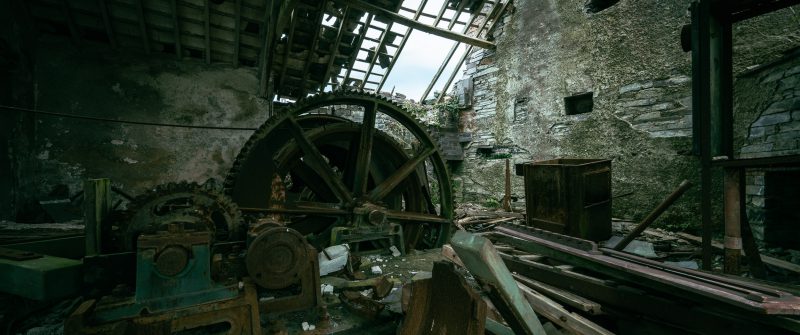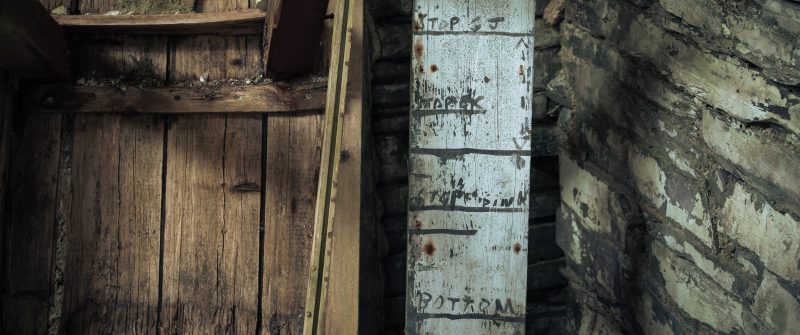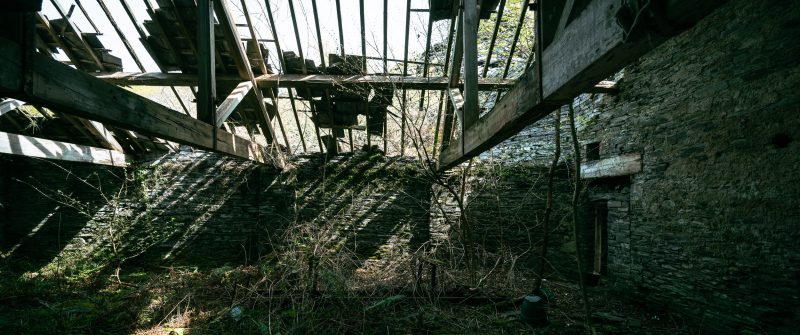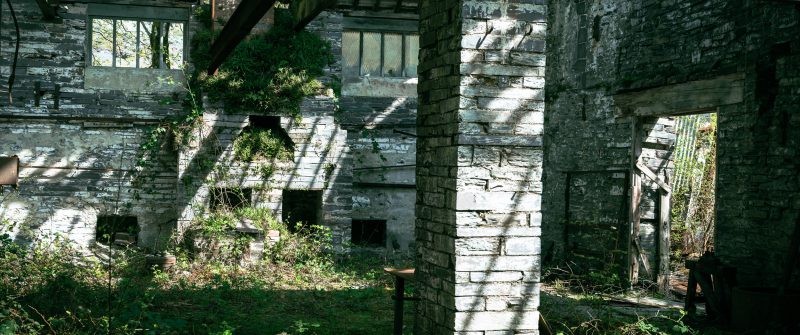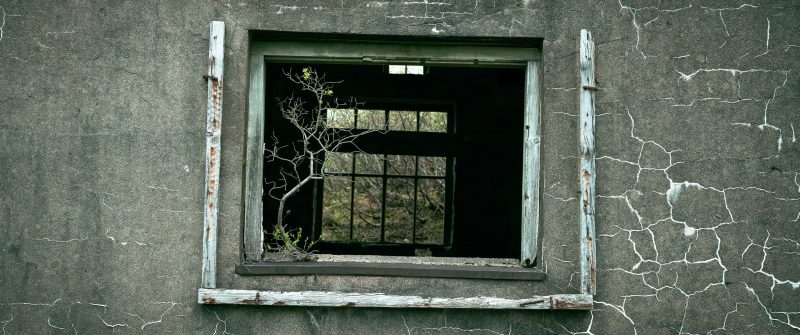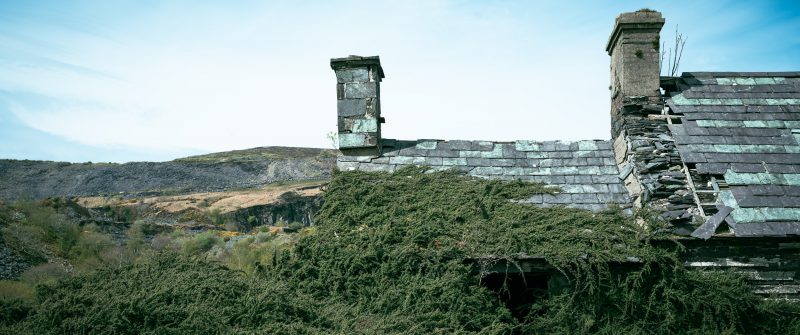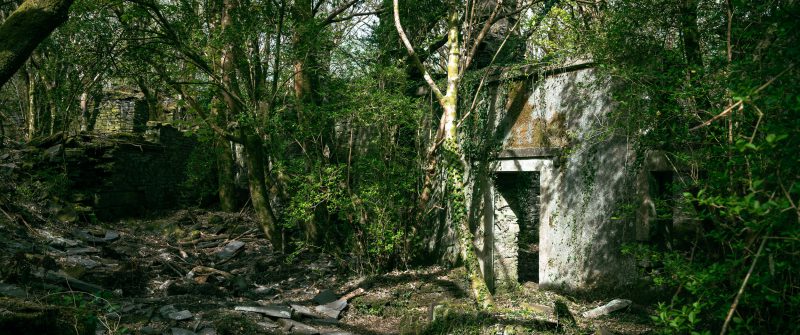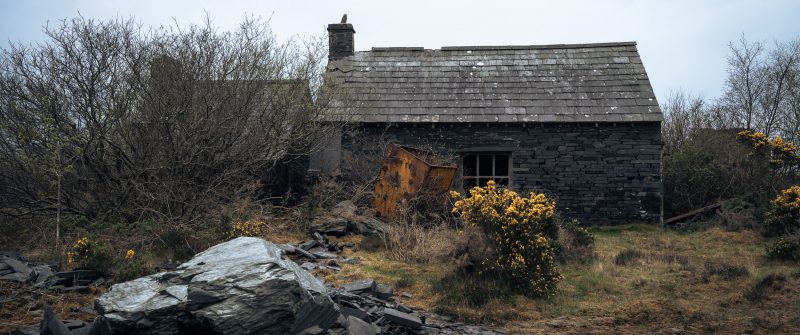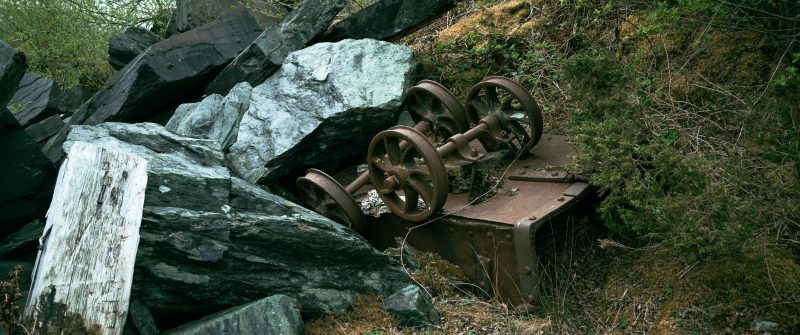Welsh Blue
From the 19th to early 20th centuries, the mountains of Snowdonia in North Wales were home to the largest slate quarries in the world. Millions of tons were extracted, mountains were hollowed, and entire settlements lived and died beneath their massive spoil heaps.
In the wake of the industrial revolution, the economic prosperity brought about through mechanisation meant that previously more costly building materials were now well within reach of your average citizen wanting to improve their lot in life. The slate to be found in North Wales - the famous ‘Welsh Blue’ became renowned for its strength and durability as a roofing material and demand both at home and abroad rocketed as huge sums of money were poured into carving up the earth to get at it.
After enjoying many decades of prosperity, the industry slumped as veins were exhausted and alternative, cheaper product could be sourced from abroad. Many of the great operations lay silent by the 1970s, riddling their reliant communities with the unemployment that precipitates depopulation. Though the industry still operates on a microscopic scale relative to its former heights, the vast scars on the land remain as testament to the labour that once wrought the regions fortunes.
This ongoing series looks at what remains from this great endeavour — both above and below ground — with the majority of images presented in faux-cinematic widescreen in an attempt to capture the raw, epic intersection of industry and landscape.
